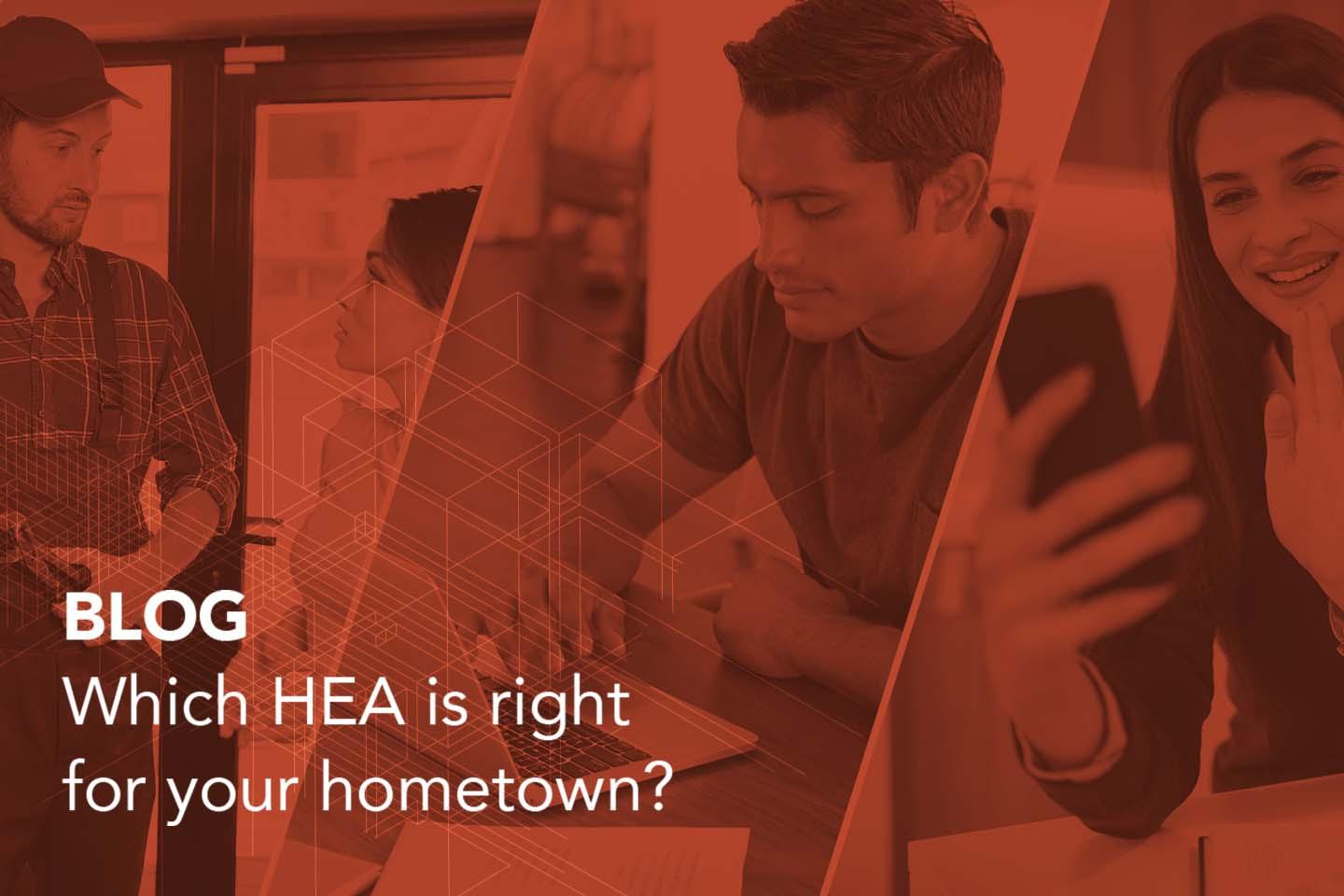Choosing the right Home Energy Assessment for your communities

Home Energy Assessments continue to be a staple of utility program efforts to reach new customers, identify savings opportunities and improve energy habits across the nation. But with shifting baselines, changing customer expectations and the ever-evolving landscape of COVID-19 protocols, many utilities and energy efficiency implementers have reconsidered the most effective ways to conduct these assessments. While in-person assessments have long dominated the market, online and virtual assessments continue to grow and provide cost-effective alternatives to the traditional approach. Let’s look at how each of these options can help utility programs maximize savings, maintain cost effectiveness and, most importantly, help customers begin or continue their energy-saving journey.
- In-Person Assessments: Traditional assessments typically involve a trained energy advisor visiting a customer’s home, installing efficiency upgrades, identifying additional opportunities for savings, and working directly with the customer to guide them to program offers or incentives that make sense. With a chance to physically inspect HVAC equipment, appliances or insulation, energy advisors can make personalized recommendations and walk customers through exactly what they can do to improve their home energy use. Additionally, in-person direct install measures, like LED light bulbs or showerheads, guarantees everything is properly set up to save energy. This tried-and-true approach has been a critical piece of many utilities approach to driving customer engagement, education and conversion for decades
While in-person assessments have many benefits including thoroughness and the opportunity to build a personal connection with a customer, they can also have their drawbacks. These programs have historically included a high cost of delivery, such as requiring field staff time to travel to and from each home, low conversion rates due to customer time commitment, or lack of follow-up and new hurdles due to COVID-19.
- Online Assessments: One alternative to in-person assessments is to move fully online and put the power in the customer’s hands. Many energy efficiency programs offer web-based or mobile assessment tools that are available 24 hours a day to walk customers through a series of questions about their home and then make recommendations based on their answers. This popular offering eliminates the need for field team members in homes, allows the customer to conduct the assessment at their convenience, and easily allows utilities to guide customers to other resources online. It also serves as a valuable lead generation and data collection tool for utility programs to further customizing their customer engagement strategy and energy efficiency journeys.
Online assessments are limited by the customer’s knowledge and expertise. Customers can easily miss energy-saving opportunities that a in-person inspection performed by an energy expert may catch. While it may be easier to get customers to sign up for an online assessment, there’s no guarantee they will move forward with any of the recommendations or incentive offerings.
- Virtual Assessments: By blending many of the benefits of in-person visits, virtual assessments can ease some of the cost burdens that utilities and customers may face. In 2020, our teams deployed an advanced and fully remote face-to-face video solution that pairs the expert delivery of on-site appointments with real-time customer connections using their mobile phone or tablet. This allows our virtual assessments to have all the personal touches of an in-person assessment while keeping the convenience of an online toolIntead of customers relying on their own experience, an energy advisor is there to listen and help them identify what to look for to ensure the customer is provided accurate, actionable data and tailored recommendations for next steps. This approach also keeps the customer engaged throughout the process, even more than an in-person assessment might.
While virtual assessments cannot deliver diagnostic measurements such as air leakage rates or combustion testing, the quality of observations and recommendations made by a trained remote energy advisor tend to be equal to those made on site. Plus, these assessments provide superior documentation with time stamped, geo-located high-resolution photos and video records of the entire engagement. Add-in the gains from customer convenience and utility cost-effectiveness, this is a great way to deliver the future of energy efficiency experiences today.
So, after all that, which assessment type is best? While each has their own pros and cons, and there is no one-size-fits all answer to meeting customer needs, there is an emerging best practice that suggests that all three solutions are key pillars in a successful and equitable Home Energy Assessment delivery model. Some customers may opt for the convenience and simplicity of an online assessments. Others may be candidates for an in-home diagnostic experience. Program teams may also use information from online or virtual assessments to identify the best candidates for deeper on-site assessments. By tailoring assessment options to your customers’ needs, utilities can connect with even more people to help them take their first and next steps towards a more efficient home.
To see how all our assessment options work together, visit our Energy Efficiency practice page or check out our 2020 webinar Home Energy Assessments: Choice, Convenience, and Control.